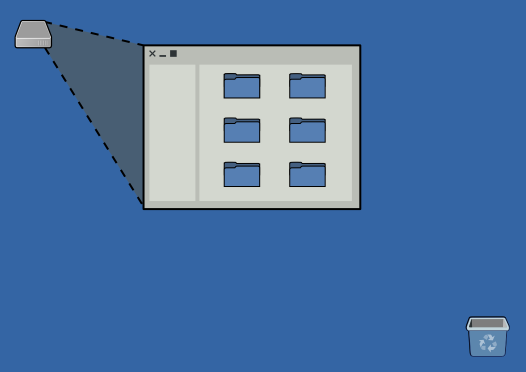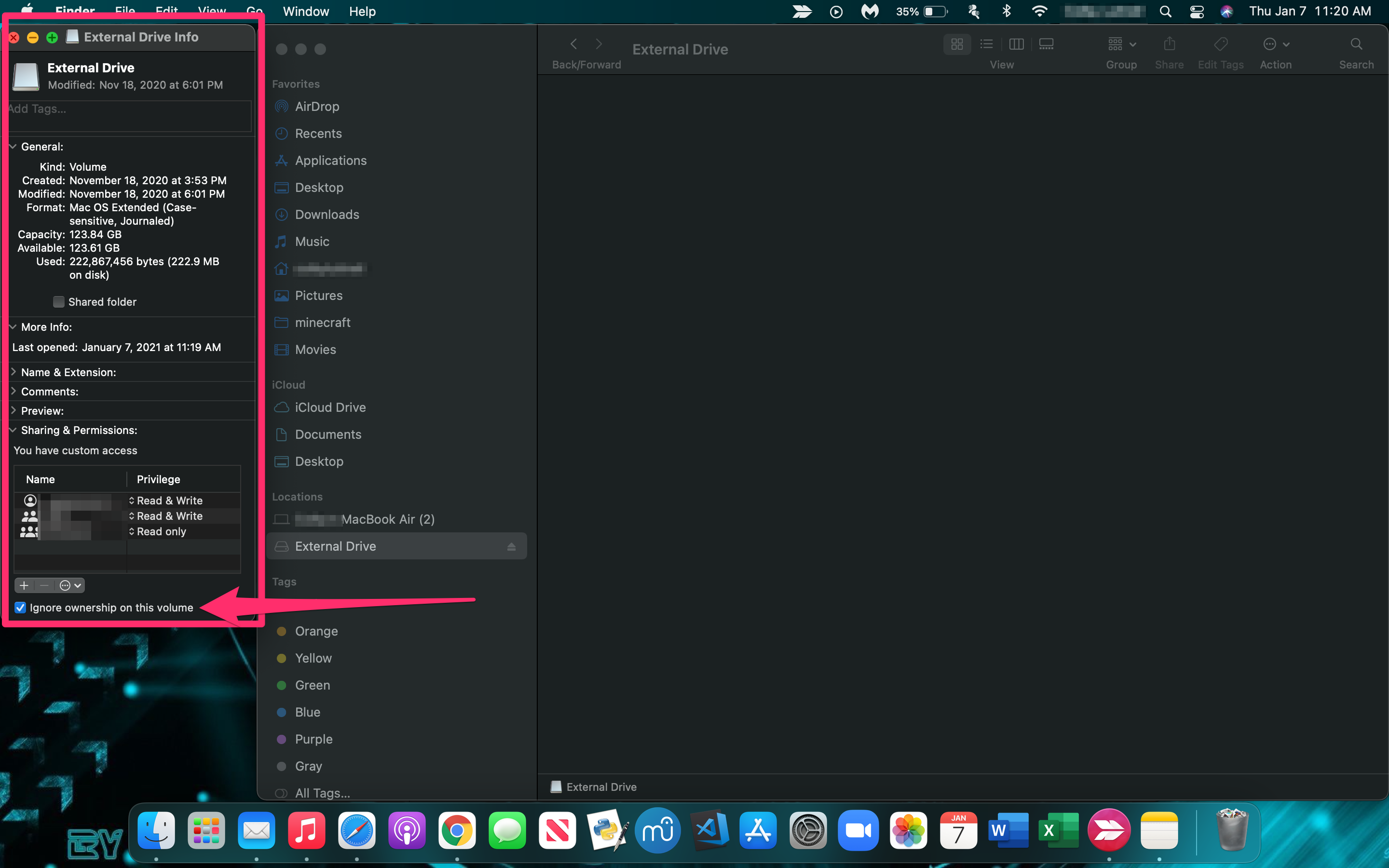Use Terminal To Move Photo Library
- Use Terminal To Move Photo Library Files
- Use Terminal To Move Photo Library Software
- Use Terminal To Move Photo Library Location Mac
- Use Terminal To Move Photo Library To Cloud
- Use Terminal To Move Photo Library Using
- Use Terminal To Move Photo Library Photos
Here’s how to move apps from the App Library to your iPhone’s home screen. Start by swiping over to the right-most home screen on your iPhone to open the App Library. Here, locate an app that isn’t already on your home screen. Long-press on the app’s icon until a menu pops up. Tap the “Add to Home Screen” button from the context menu. The application can help you easily get photos from your favorite video and share those images with your friends. To extract images from a video: 1. Upload your video in the Video to Photo app. Select a position on the video by dragging the cursor on the track or use forward and back buttons and then click the button with a camera.

Prepare your external drive
You can store your library on an external storage device, such as a USB or Thunderbolt drive formatted as APFS or Mac OS Extended (Journaled). However, you can't move your library to a disk that's used for Time Machine backups.
Use Terminal To Move Photo Library Files
To prevent data loss, Apple doesn't recommend storing photo libraries on external storage devices like SD cards and USB flash drives, or drives that are shared on a network.
Move your Photos library to an external storage device
- Quit Photos.
- In the Finder, go to the external drive where you want to store your library.
- In another Finder window, find your Photos Library. By default it's stored in the Pictures folder located at /Users/[username]/Pictures.
- Drag Photos Library to its new location on the external drive. If you see an error, select your external drive's icon in the Finder, then choose File > Get Info. If the information under Sharing & Permissions isn't visible, click the triangle , then make sure the 'Ignore ownership on this volume' checkbox is selected. If it's not selected, click the lock button to unlock it, enter an administrator name and password, then select the checkbox.*
- After the move is finished, double-click Photos Library in its new location to open it.
- If you use iCloud Photo Library, designate this library as the System Photo Library.
Make sure that the drive is turned on and available to your Mac before opening Photos. If Photos can't find your drive, it stops using the Photos Library stored there.
Delete original library to save space
After you open your library from its new location and make sure that it works as expected, you can delete the library from its original location.

In a Finder window, go back to your Pictures folder (or whichever folder you copied your library from) and move Photos Library to the trash. Then choose Finder > Empty Trash to delete the library and reclaim disk space.
Use Terminal To Move Photo Library Software
Open another Photos library

If you have multiple libraries, here's how to open a different one:
- Quit Photos.
- Press and hold the Option key while you open Photos.
- Select the library that you want to open, then click Choose Library.
Photos uses this library until you open a different one.
Use Terminal To Move Photo Library Location Mac

Use Terminal To Move Photo Library To Cloud
Learn more
Use Terminal To Move Photo Library Using
If you have a permissions issue with your library, you might be able to resolve the issue by using the Photos library repair tool.
Use Terminal To Move Photo Library Photos
* If the volume isn't formatted as APFS or Mac OS Extended (Journaled), or has been used for Time Machine backups but hasn't been erased, this checkbox will either not be present, or it won't be selectable after unlocking. Erase the drive for this option to be available.